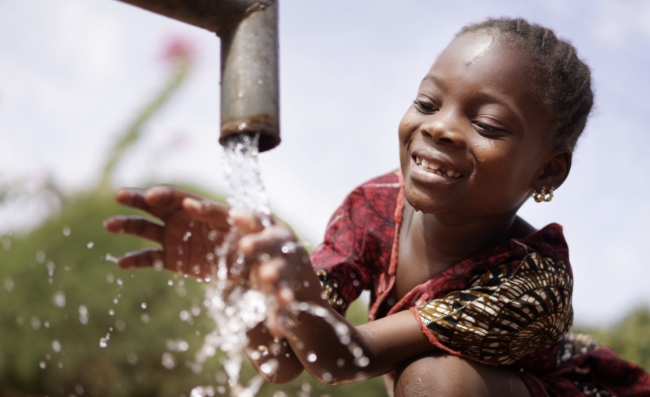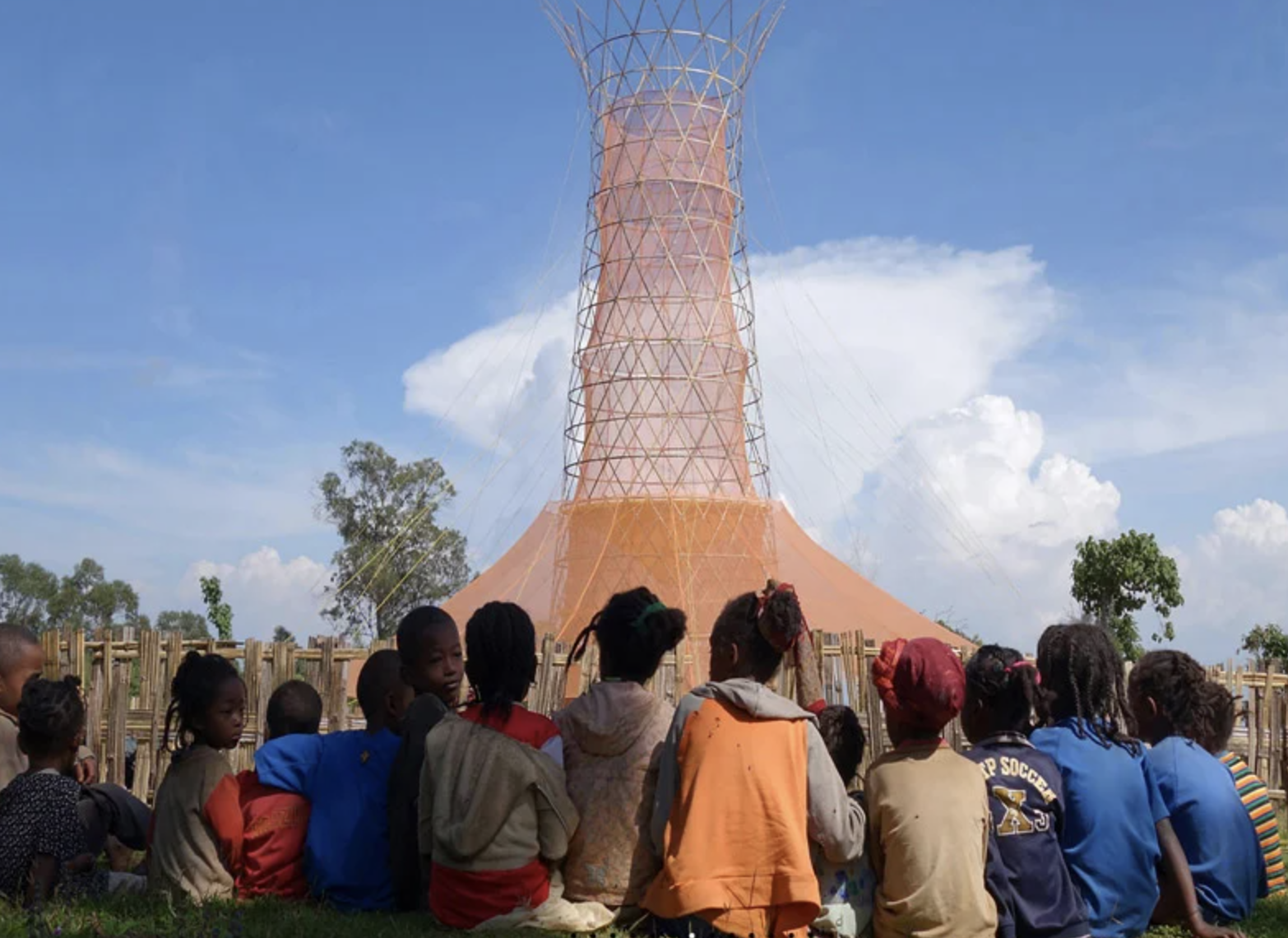The amazing structure that harnesses water from the sky and turns it into drinkable water
 The Warka Water Tower is made from local natural materials and supplies clean water to villages in Ethiopia.
The Warka Water Tower is made from local natural materials and supplies clean water to villages in Ethiopia.
Throughout many remote villages in Ethiopia and around the world, water gathering is a dangerous task. After the many hours it takes travelling to the nearest source, the water fetched is more often than not contaminated with human and animal waste.
Arturo Vittori, an Italian architect, designer, and artist, has engineered the Warka Water Tower, which ingeniously provides water for several Ethiopian villages.
Mr Vittori’s inspiration came from observation and, probably, also from emotion.
“You can’t help but be moved by the sight of entire communities suffering from thirst and disease because they don’t have access to clean water sources for their most basic needs,” Mr. Vittori said.
Warka Water was first installed in 2015 in Ethiopia and has succeeded in bringing clean water to villagers. The tower, built with natural materials, can collect up to 80 liters (about 20 gallons, ed.) of water per day and has recently been installed in other parts of the world.
“This tower that captures water from the air was invented by copying the wonderful tricks nature uses to survive (biomimicry),” Vittori explains.
The tower collects rain and harvests fog and dew. Its water harvesting technique and construction system are inspired by biomimicry, which engages the imitation of natural phenomena for the purpose of solving complex human problems.
Many plants and animals have developed unique micro-and nano-scale structural features on their surfaces, enabling them to collect water from the air and survive in hostile environments.

The warka water tower is intended to support remote communities
The Warka Water project came about after Mr Vittoria visited Ethiopia. Seeing how poorly and inadequately the communities were obtaining such a precious commodity, he decided to try and improve their conditions.
“Visiting small communities in Ethiopia in 2013, I witnessed this dramatic reality: the lack of potable water,” says Arturo Vittori. “The villagers live in a beautiful natural environment but often without running water, electricity, or sanitation. This is how the Warka Water tower project was initiated.”
Warka Water, made from local and natural materials such as bamboo, collects rainwater and evaporated water from the atmosphere by extracting it from humidity and condensation produced by temperature changes. It’s filtered before reaching the village for distribution.
It consists of a net, a canopy to retain the dew, and a cistern to collect the water.
The villagers construct it themselves by hand. It becomes part of their knowledge and will pass from one generation to the next. With clean water, people can drink but also wash and thus reduce the transmission of diseases. They can also grow small gardens.
The plan is to spread this initiative to other parts of the globe, in the many regions where access to drinking water is a priority that’s been shamefully ignored for so long.



Wonderful.
Great idea – I wonder if it might be possible to construct such devices even more efficiently and cheaply from new synthetic materials and ship them in a disassembled form to remote locals where they could be reassembled
A truly innovative solution to obtain potable water supplies . While it may work in certain climates such as that in elevated Ethiopia, I wonder how adaptable it is to other climatic zones such as the hot tropics where absolute humidity is far lower and air temperatures far higher, or in very cold dry climates where the water vapor content of the air is very low. Could be very useful in remote areas of inland Southern Australia.
Google tells me that rural Ethiopians use 15 litres of water per day, so this structure supplies the needs of 5 persons. Incidently in Australia it would supply the daily water needs of 0.25 persons.